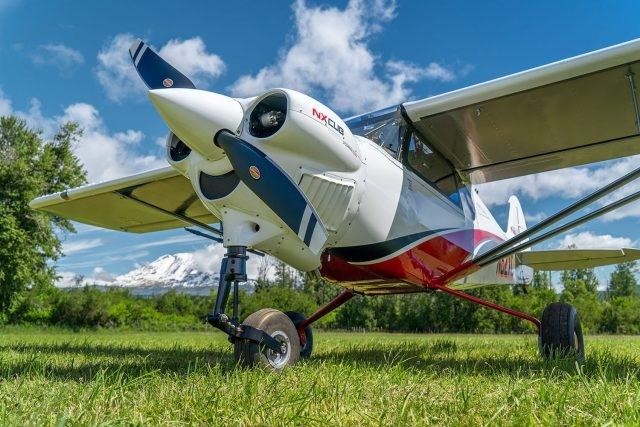
Spring is in full swing, and many pilots are eager to get back into the skies. But as general aviation activity ramps up in the spring and summer months, so do accidents. Before hopping back into the cockpit, carefully consider whether you’re ready for your next flight in terms of both currency and proficiency.
Even if you’re legally current for springtime flying, you may not be proficient. Proficiency goes beyond staying legal. It’s the extra effort you put into becoming the safest and most responsible pilot you can be!
Just as baseball players ease into their season with spring training, it’s a good idea to start the flying season by refreshing your knowledge and sharpening your skills.
Here are a few things to keep in mind as you work to return to proficiency this spring:
If it’s been a while since your last flight, you might be feeling a little rusty—and that’s okay. Flying is not just like riding a bike. Over a period of inactivity, it’s natural for some skills to degrade.
As with any flight, it’s important to evaluate the risks you bring to the equation as the pilot in command. Take some time to review and revise your personal minimums to reflect your current proficiency in the aircraft you’ll be flying. You can download personal minimum contracts for both VFR and IFR flying on the AOPA website.
The key to proficiency is consistent practice. Spring is a great time to practice takeoffs, landings, go-arounds, crosswind landings, and other essential maneuvers. You can warm up on a flight simulator or even do some armchair flying to run through your checklists and cockpit flow. Investing in a few hours with a CFI can also help you feel more confident and comfortable as you knock off the rust. Or, invite a fellow pilot who can act as the pilot in command, if necessary.
Emergency situations can happen at any time. While there’s no way to be prepared for every event, you can improve your ability to manage risks and respond to emergencies. Take time to run through basic emergency procedures, such as engine failure or smoke in the cockpit. Simulator training is a good way to practice more complex scenarios in a safe, low-stress environment.
Building proficiency takes time and effort, but it’s well worth the peace of mind and confidence you’ll gain in the process. Plus, the pursuit of proficiency can be a fun way to expand your flying horizons! Stay on top of your flying game with ongoing learning opportunities available through the AOPA’s online courses and the FAA’s WINGS Pilot Proficiency Program. Or, push your training to the next level and start the journey to earn a new certificate or rating.
If you’re getting back into flying after a period of inactivity, a good starting point is the AOPA’s Air Safety Institute’s Return-to-Flight Proficiency Plan, which uses a step-by-step approach to help you refresh your knowledge and sharpen your skills. Another helpful resource is the Focused Flight Review, which offers packaged flight profiles designed to tackle gaps in proficiency.